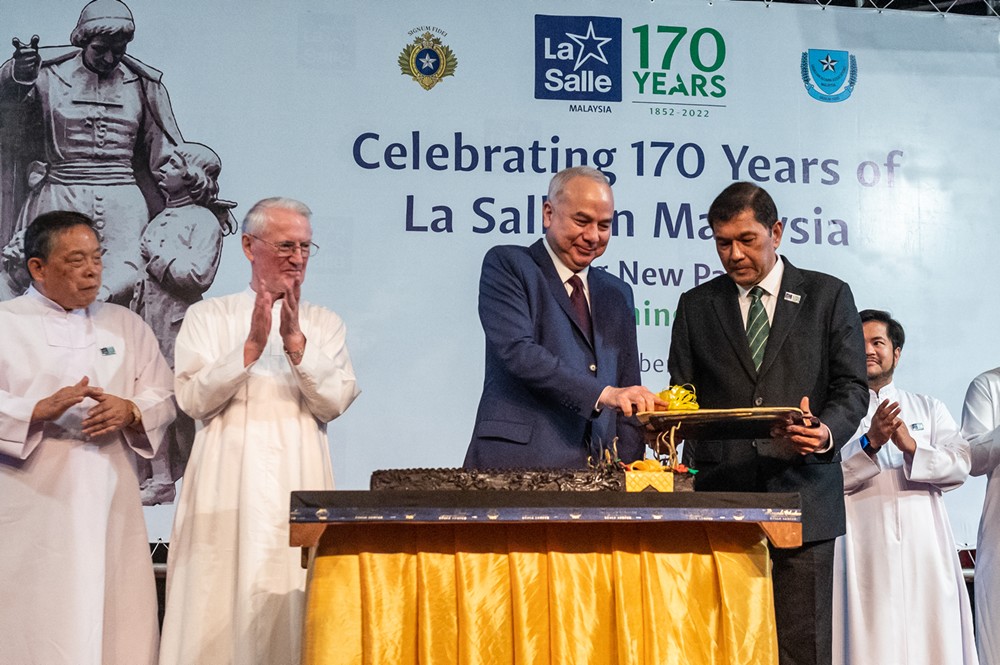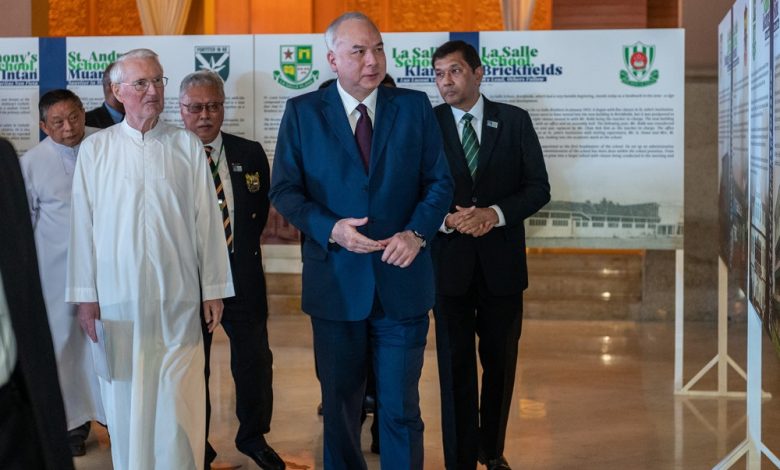

by CHAN KOK KEONG
currently the Chairman of the Perak Lasallian Education Council
Prime Minister Datuk Seri Anwar Ibrahim launched the government’s vision of “Malaysia Madani” on 19 January 2023, loosely translated as “Civil Malaysia”. The word “Madani” is itself a Malay acronym standing for sustainability, compassion, respect, innovation, prosperity and trust. “Malaysia must be known as a Madani nation that is prosperous, fair and rejects any form of cruelty towards any individual or race”, Anwar said. He added that while the principles of Islam would remain a pillar of the nation, in a multiracial society, no one should be left behind and there must be a reset when it comes to race and religion.
This vision is not entirely new and echoes of it can be found even in the earliest days of the country’s independence. Tunku Abdul Rahman had declared, at the first sitting of the Legislative Council after Merdeka, that there was a place for everyone under the new country’s sun. The Rukun Negara, proclaimed in 1970, embodies our national philosophy, including adherence to the rule of law and to courtesy and morality. Today, the direction is to head towards a more civil Malaysia; Malaysia Madani. Where do schools founded by a religious order, many more than a century ago, fit into this new world?
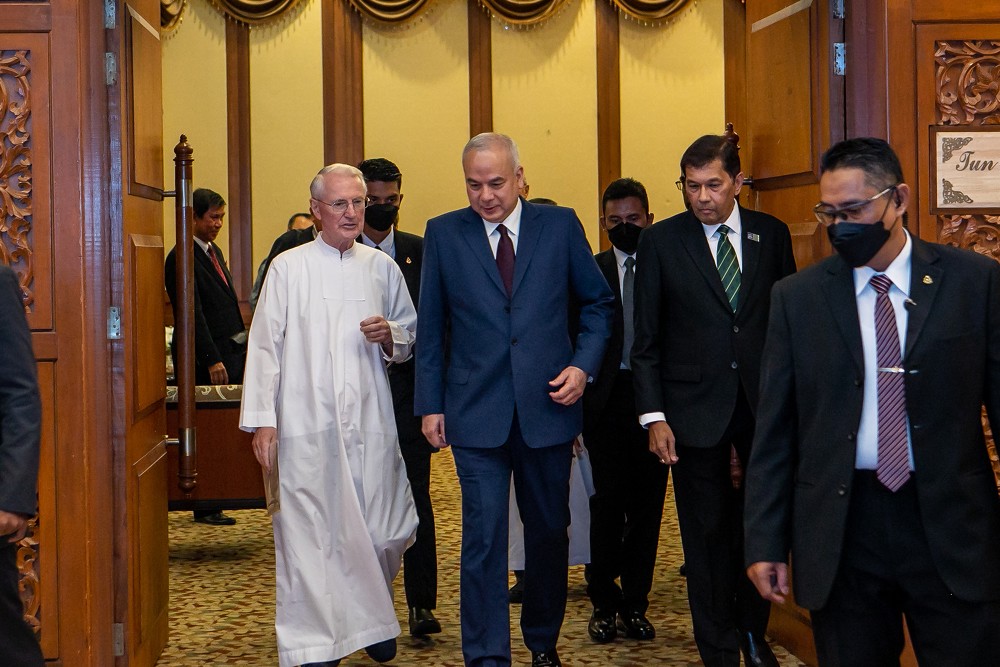

The Vison of Lasalle
The Lasalle schools have been in Malaysia long before there was a “Malaysia”, and notwithstanding these changes in governmental themes, the Lasalle schools can claim to have always upheld the noblest values of Malaysians. Before elaborating, it may be helpful to give some historical background.
The De Lasalle Brothers was founded by Jean-Baptiste de Lasalle(1651 – 1719) in the 17th century, and officially recognized by the Catholic Church in 1725.[1] Jean-Baptiste’s life work was in starting schools for the poor,[2] and education remains the primary activity of the De Lasalle Brothers,[3]their name often shortened simply to the “Lasalle Brothers”. In 1852, the Lasalle Brothers arrived in Singapore and founded the St. Joseph’s Institution.[4] In the same year, St Xavier’s Institution in Penang was founded.[5]
Other schools were founded by or transferred to the Lasalle Brothers, including St Francis Institution, Melaka (1902), St John’s Institution, Kuala Lumpur (1904), St Paul’s Institution, Seremban (1909), St Michael’s Institution (1912), St George’s Institution (1915), St Anthony’s School, Teluk Intan (1947),[6] St Joseph’s School, Kuching (1950) and Sacred Heart School, Sibu (1954).[7] More than 50 centres of LaSallian education have been established in Malaysia.[8] Lasalle schools are therefore among the oldest and most distinguished in the country. And worldwide, there are over 1,100 education centres in 80 countries with more than a million students, together with 90,000 teachers and lay associates.[9]
Pupils of Lasalle schools are proud of their association with their schools. For example, students of St Xavier’s take pride in calling themselves Xavierians, those from St Paul’s, Paulians, and those from St John’s, Johannians. Old boys and old girls of Lasalle schools can today be found in all walks of life. Their alumni include many of the most eminent people in Malaysian politics, business and the professions.
Lasalle school buildings are also among the most significant in our cities and towns. Who can pass by St Michael’s in Ipoh and not be impressed by the grand neo-Gothic façade of its main building? Or by Spanish inspired red-bricked St John’s Institution on Bukit Nanas? Truly, many Lasalle schools represent the architectural heritage of late 19th century early 20th century Malaya.
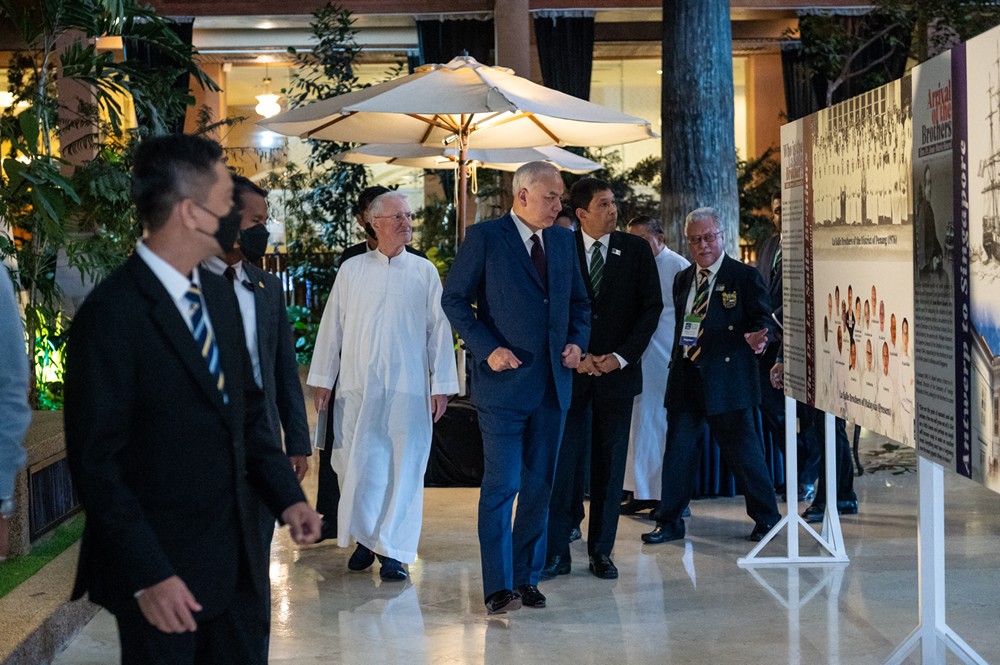

The Lasalle Brothers
But going beyond the physical structures, we come to the core of what makes a school a Lasallian school; the Lasalle Brothers themselves. No account of the schools is complete without discussing the critical role of the Brothers. Students would have fond memories of the Brothers going about their work often in their white cassocks. There are also more personal moments which stay in the mind. For instance, you could get a sweet from Brother Philip if you sang a song during his music class! And who can forget Brother Climacus riding around the school grounds on his bicycle?
Living in poverty, the Brothers shared in a life of community which they substituted for their families living in lands as far away as Ireland, France and Canada. There were also many who came from Burma, India and elsewhere. They brought to our country not only their long national histories but expanded our geographical horizons to reach out to the rest of the world. It can be said the Lasalle schools were international schools of a sort!
How did a band of foreign missionaries not only adapt to a foreign environment but come to consider themselves part of the nation they were helping to build? It was their dedication to education coupled with their genuine love for those under their charge. As a result, many generations have benefitted from the Lasallian dream and sacrifices by the Brothersand the lay teachers who worked with them. Together, they have brought immense benefits to the country by ensuring a body of good citizens who helped build modern Malaysia.
Writing with gratitude in 1980 upon the tercentenary of the Lasalle schools of which he himself was an alumnus, the late Tan Sri Chang Min Tat, then a Federal Court Judge quoted from the poet Cecil Spring-Rice:
I vow to thee, my country, all earthly things above;
Entire and whole and perfect the service of my love;
The love that asks no questions; the love that stands the test;
That lays upon the altar the dearest and the best;
The love that never falters, the love that pays the price;
The love that makes undaunted the final sacrifice.
To Tan Sri’s mind, no words can better describe the role of the Brothers!
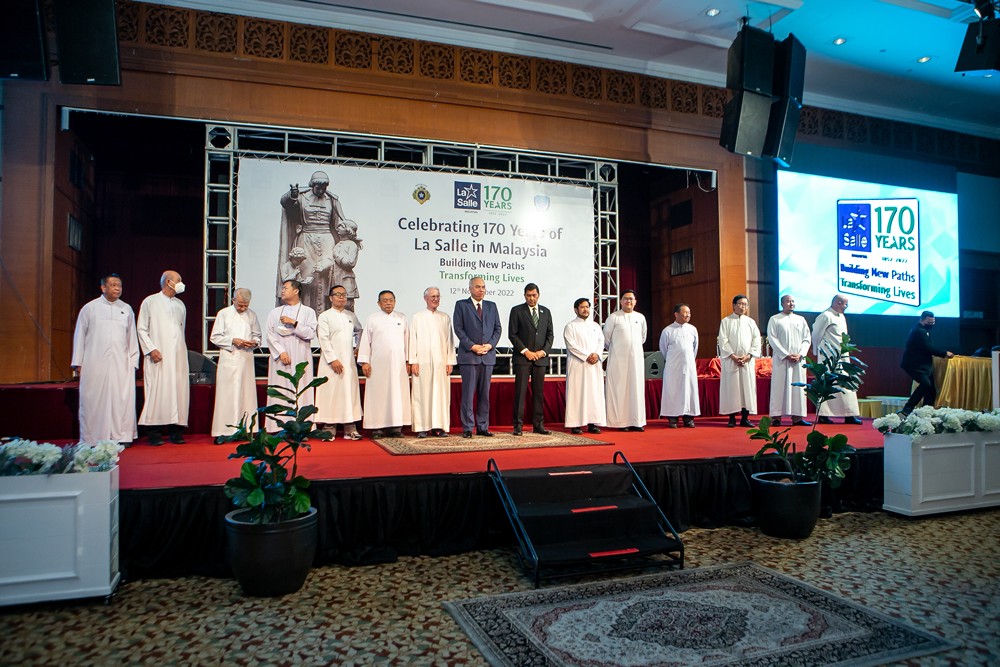

Lasallian Values And The Building of Malaysia: Past, Present And Into The Age Of Malaysia Madani
The importance of the Lasalle schools from the founding of the first school in the mid-19th century until Merdeka cannot be underestimated. In a period when access to education was very limited, the schools took in students regardless of their race, religion or social background. The Official Year Book of Malaysia for 1964 states:
“Up to the 1st World War … the Mission schools … were chiefly responsible for the rapid advances in English education and by 1914 some three quarters of the boys receiving education in the English language were at these schools. Today, convent schools for girls may be found in many of the major centres. It is a striking tribute to the selfless service of these men and women that they should have gained the real confidence and affection of both parents and children despite differences in religion and culture. The presence of so many Malay girls and boys in the Mission schools is indicative of the complete independence of religious and secular instruction.”
As the nation developed and matured, there was a deep appreciation that the schools too must continually evolve. The schools naturally follow the National Education Policy. And in Circular 461 issued by the Lasalle Brothers in 2010, it includes anyone whose point of reference is human and spiritual values such as service to the poor, the family and rights of children. “Let it be stated clearly and unambiguously that calling oneself Lasallian is not restricted only to those of the Christian faith”. Many faith-filled people professing other creeds participate in the Lasallian educational mission. They are a valued part of the community.”
In a 2012 publication celebrating the centennial anniversary of the founding of St Michael’s in Ipoh, we find this clear summary of the value of a Lasalle education:
“The Lasallian brand of education based on “touching hearts” and caring not only for the academically gifted but especially for “the last, the lost and the least” has resonated powerfully within the National Education Policy and the Rukunegara. It has moulded thousands of caring and concerned ordinary Malaysian citizens. It has also nurtured generations of Malaysian leaders in every field of human endeavour, leaders characterized by their commitment to our nation’s multiethnic and multicultural human heritage, leaders with a vision of a homeland for all Malaysians based on truth, justice and freedom.”[10]
Now isn’t that what Malaysia Madani is all about?
